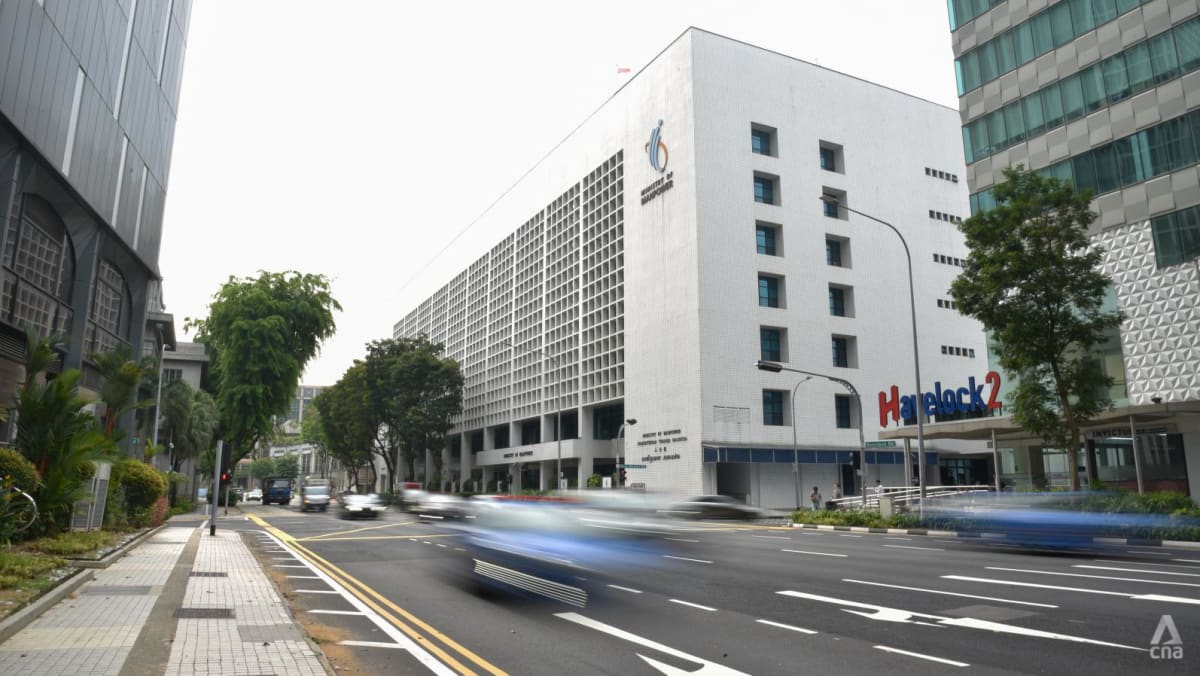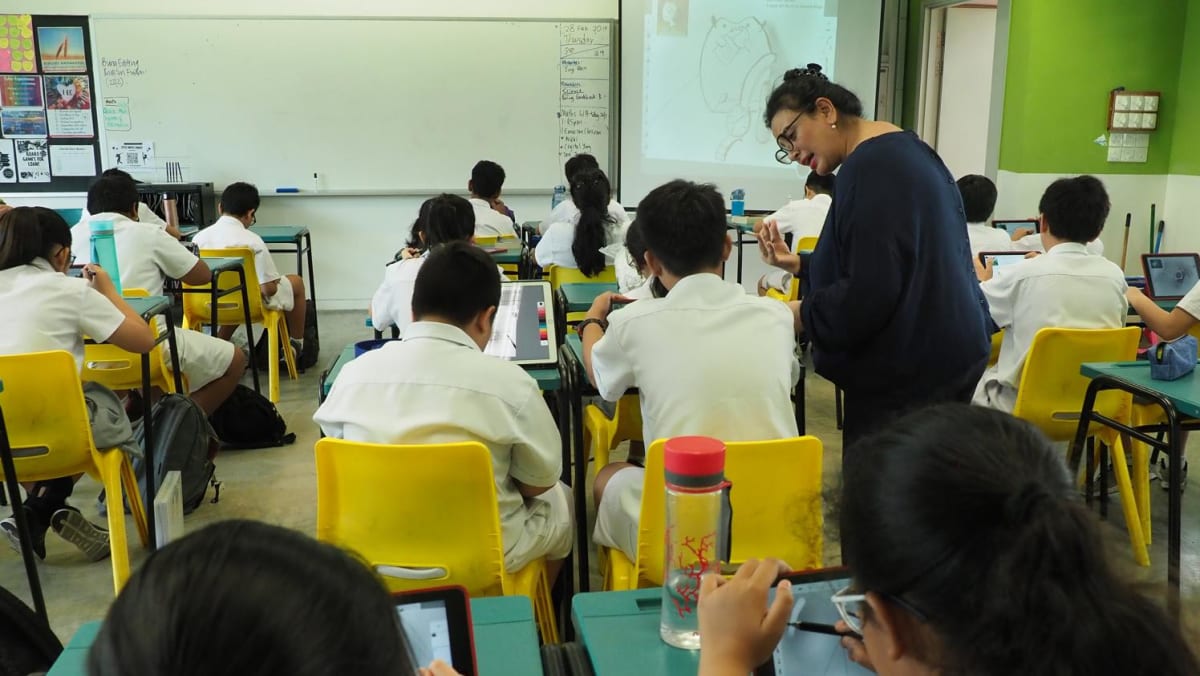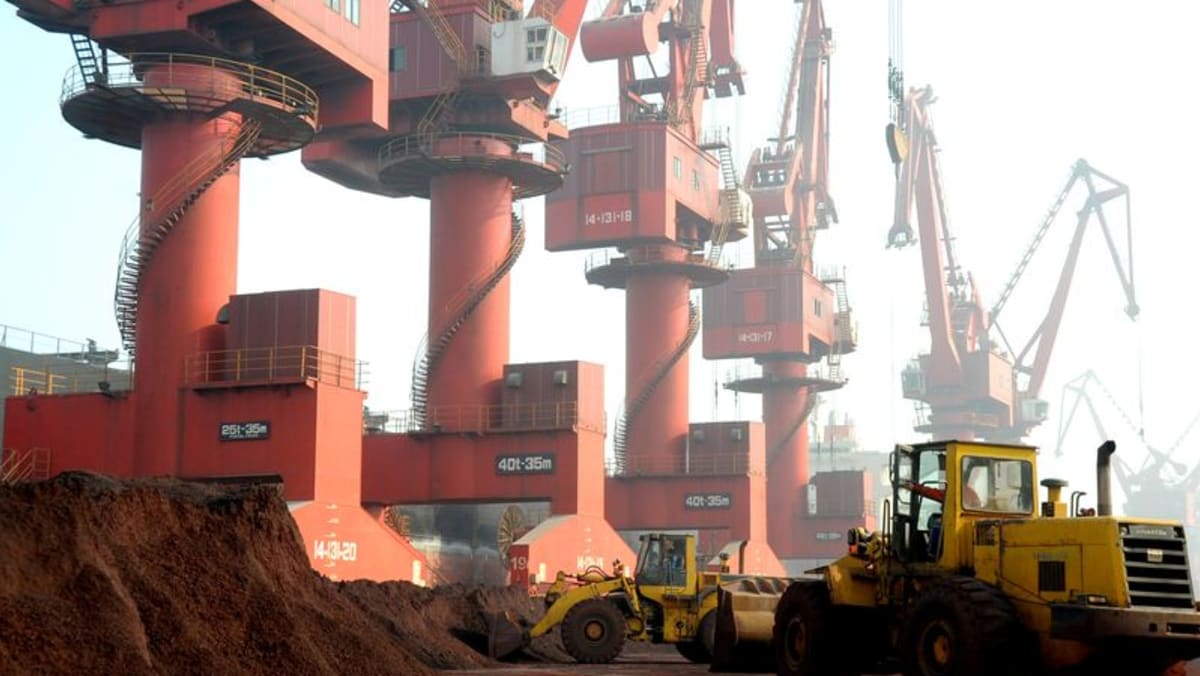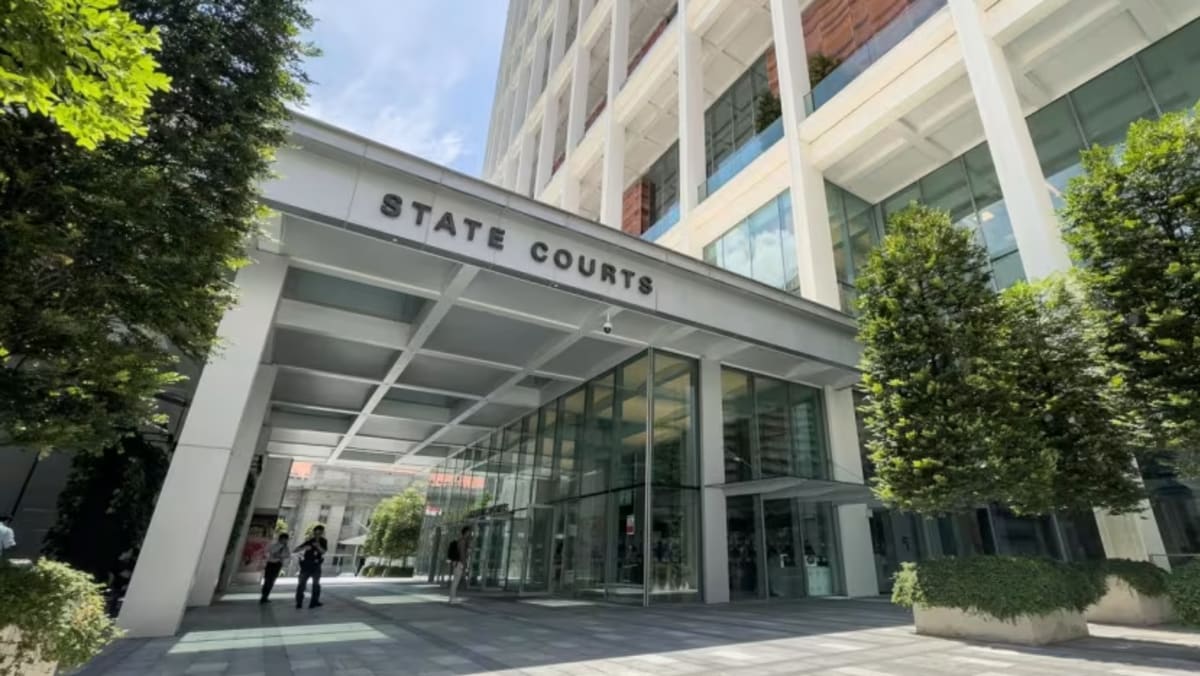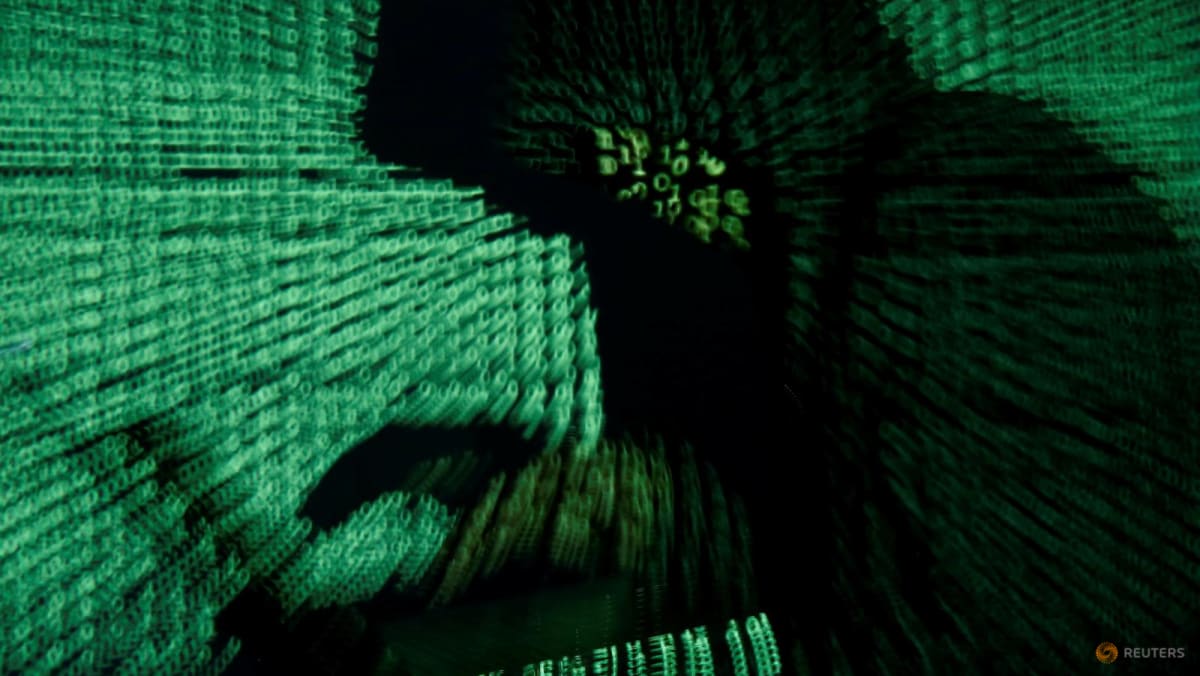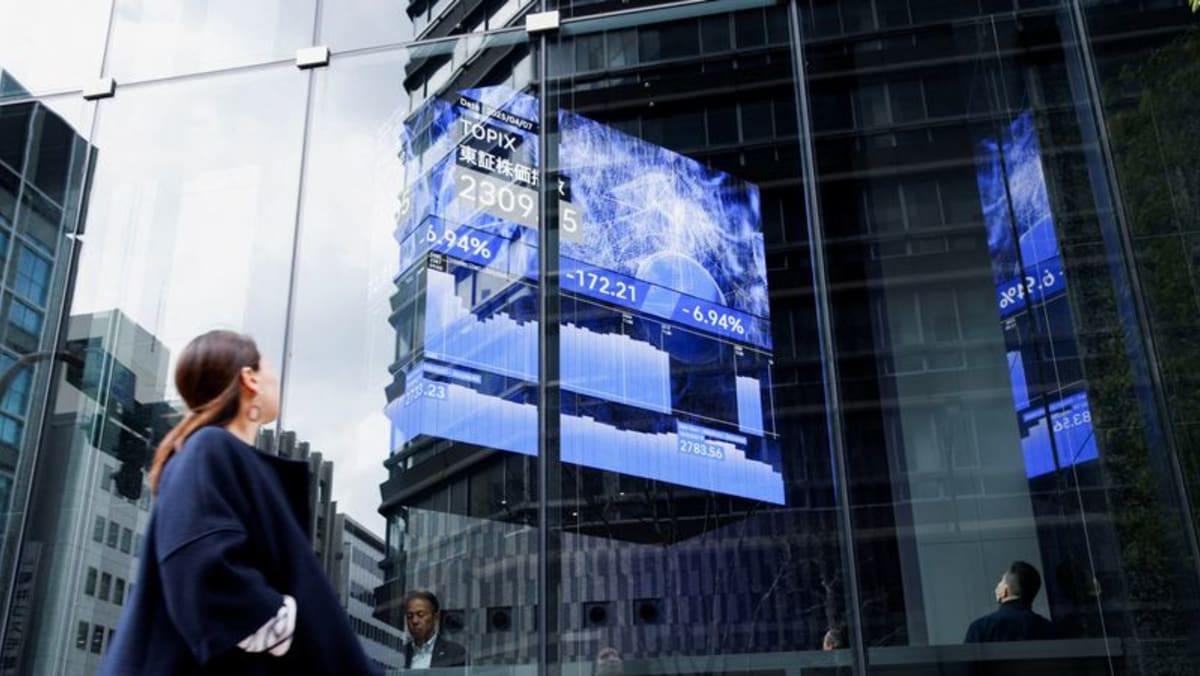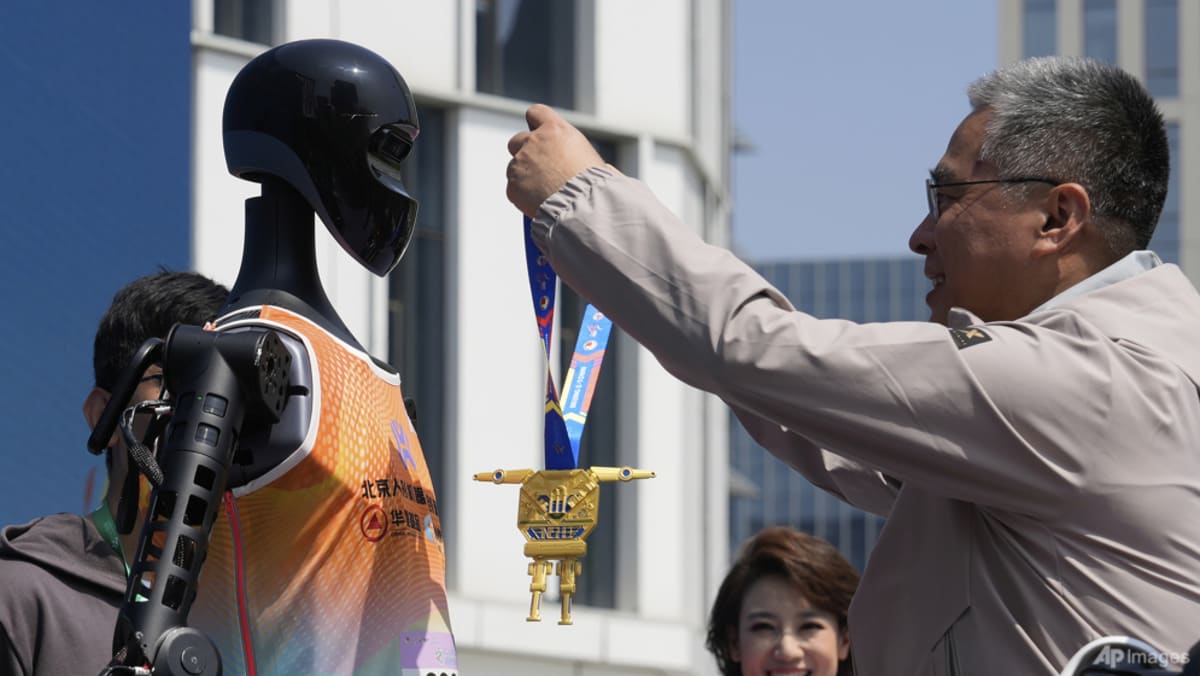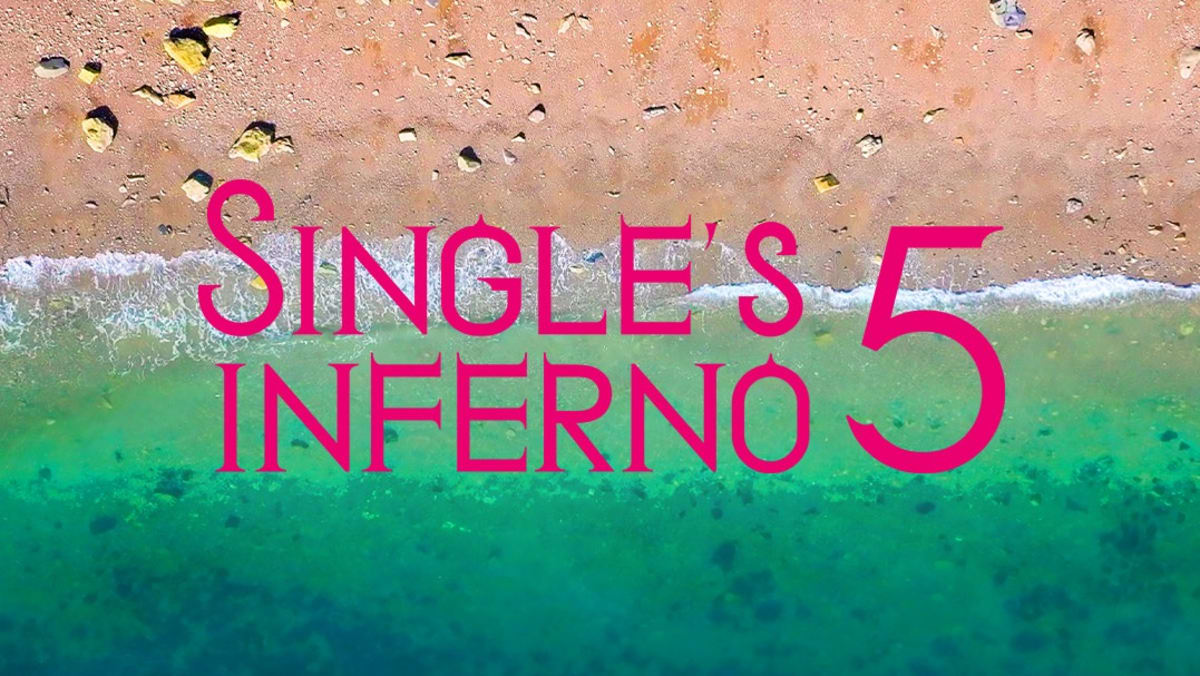PROVIDENCE, Rhode Island: Don’t blame the astronomers for the ever-changing odds that an asteroid called 2024 YR4 will strike Earth in 2032. The likelihood has gone from about 1.3 per cent in January to an unprecedented 3.1 per cent and is now down to less than 1 per cent.
MIT astronomer Richard Binzel compares the task at hand to predicting a home run – or which seat a ball will land on in the stands – right after the crack of the bat. The space rock has gotten so much press because, at about 50m across, it’s large enough to take out a major city. (For a while, some calculations showed Lagos, Bogota and Mumbai most at risk.)
So far, scientists have only seen a small fraction of the asteroid’s orbit, which every four years goes in a wildly oblong path from inside the Earth’s orbit to nearly the distance of Jupiter.
As it continues to recede from us, Binzel said, telescopes will track it, and even though it’s tiny as astronomical objects go, the powerful James Webb Space Telescope could soon see enough of its path to predict whether the odds of impact are zero or, in a very unlikely turn of events, 100 per cent.
If we did learn that it would hit on Dec 22, 2032, astronomers say they could pinpoint the landing area with a few weeks’ notice – enough time for people to evacuate. Asteroids are like cancer – it is better to detect them early.
Scientists are also much better at detecting them early than they were 20 years ago. Two new detectors will soon launch to keep us apprised of threats large and small.
MULTIPLE TELESCOPES TRACKING ASTEROIDS
Asteroids have been whizzing by Earth and occasionally hitting us for eons. Those big enough to destroy a city hit us every few hundred years, said astrophysicist Jonathan McDowell of the Harvard-Smithsonian Center for Astrophysics.
In the last 600 years, the human population has grown by a factor of 20, so now much more of our planet’s surface is inhabited, and the odds are many times higher that in the next big strike, an inhabited area will be destroyed.
We’ll likely hear more asteroid warnings in the future because multiple telescopes are already tracking them, said MIT’s Binzel, who invented a scale that rates the risk of asteroid-caused destruction from 1 to 10.
Until recently, the 2024 AR4 rated a 3. In 2004, a much bigger asteroid called Apophis briefly rated a 4 before its orbit was more precisely mapped.
The scale combines probability with size, so a low probability risk of impact with a big asteroid might rate the same as a higher probability impact with a smaller one. Soon, two new instruments will be mapping asteroids for us.
One, the Vera Rubin Telescope, was designed to detect invisible material called dark matter, but it also turned out to be a spectacularly effective asteroid-spotting device, Binzel said. In 2027, NASA will launch a dedicated asteroid-spotting space telescope called NEO Surveyor.
“It might seem like things are getting more dangerous or more scary, but what's really happening is we're making ourselves more and more secure,” Binzel said. Every object they find is one less that can sneak up on us.
In 1994, a couple of scientists estimated that your odds of being killed by an asteroid were higher than the odds of being killed in a plane crash, but that was before we’d started so much tracking. Giant asteroids of the kind that killed the dinosaurs 65 million years ago are relatively easy to see and rare.
Binzel said scientists have located 99 per cent of those with extinction potential. The new space telescopes will help scientists track the much more common city-busting-sized bodies.
No recorded deaths from asteroid strikes have occurred. However, in 1954, a woman in Alabama received a nasty bruise from an asteroid. In 1908, an asteroid about the same size as 2024 YR4 came hurtling toward Siberia, exploding in the atmosphere but still flattening trees for several hundred square miles.
GATHERING NECESSARY DATA
At some point, humanity may choose to deflect a particularly dangerous asteroid rather than wait and evacuate. Harvard-Smithsonian’s McDowell said that in 2022, NASA took a step in that direction with its DART mission.
A small spacecraft successfully nudged the asteroid Dimorphos into a slightly different orbit. It was a small asteroid and a slight nudge, but it was an impressive proof of principle.
But this is an area that requires care, McDowell said. “You want to be careful that you understand the trajectory well enough that you’re really confident that you’re moving it away from impact,” he said, not prodding it onto a collision course.
That’s one of the dangers that Carl Sagan pointed out in the 1990s when he argued against plans to blast asteroids with nuclear weapons. There’s also the general danger of misunderstandings, which have come close to triggering accidental nuclear war in the past.
Today, the hope is to keep gathering the necessary data. In 2029, NASA plans another mission to rendezvous with the once-threatening asteroid Apophis. The goal is to better understand how it’s assembled – whether it’s primarily solid or a looser collection of rubble that will fall apart in the atmosphere.
NASA plans to use the same craft that landed on the asteroid Bennu and returned samples to Earth in 2023. Those samples were rich in some of the building blocks of life and could help scientists better understand the solar system’s formation.
There are millions of asteroids in our solar system, and there is plenty to learn by getting to know them, even if the 2024 YR4 doesn’t have our name on it.





